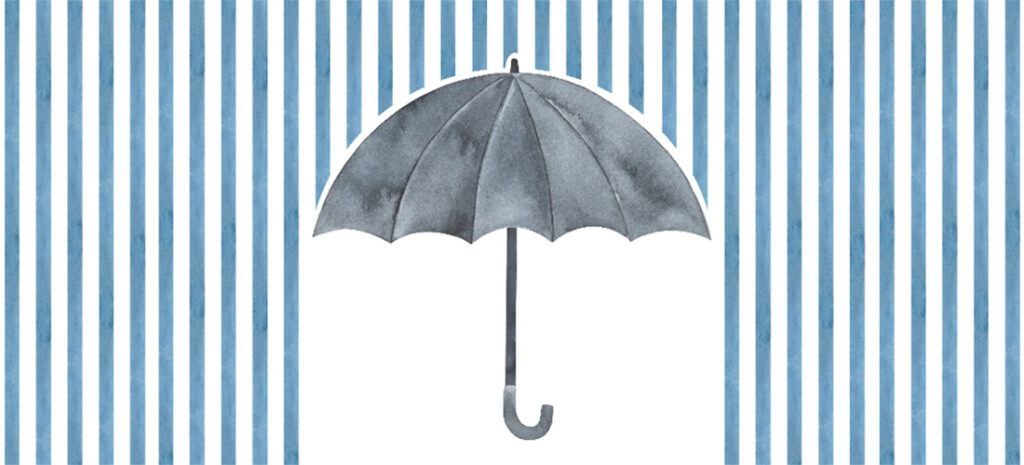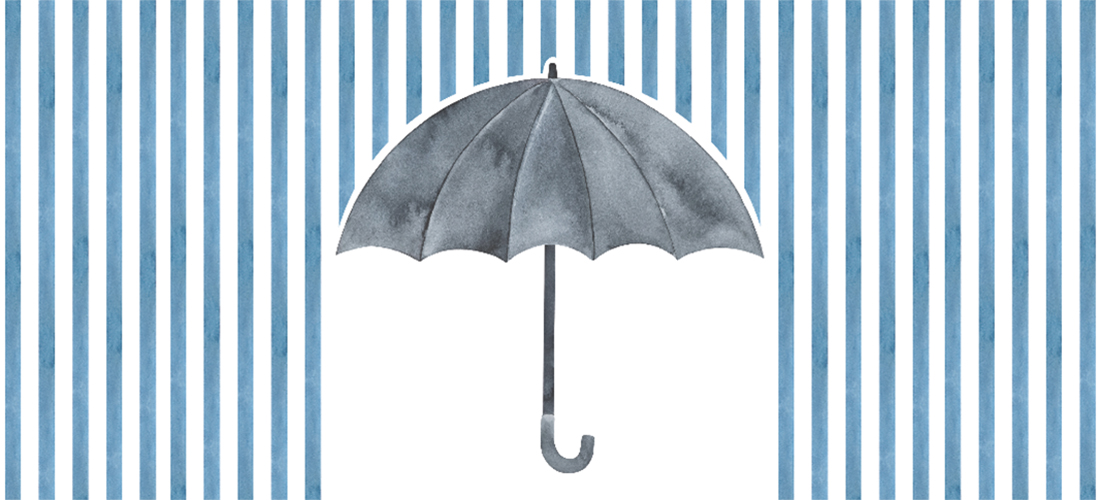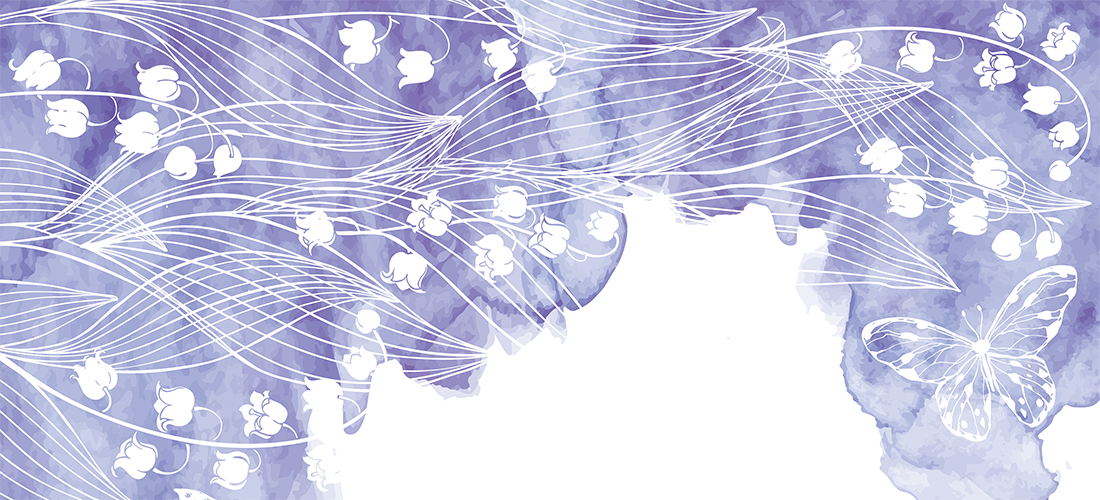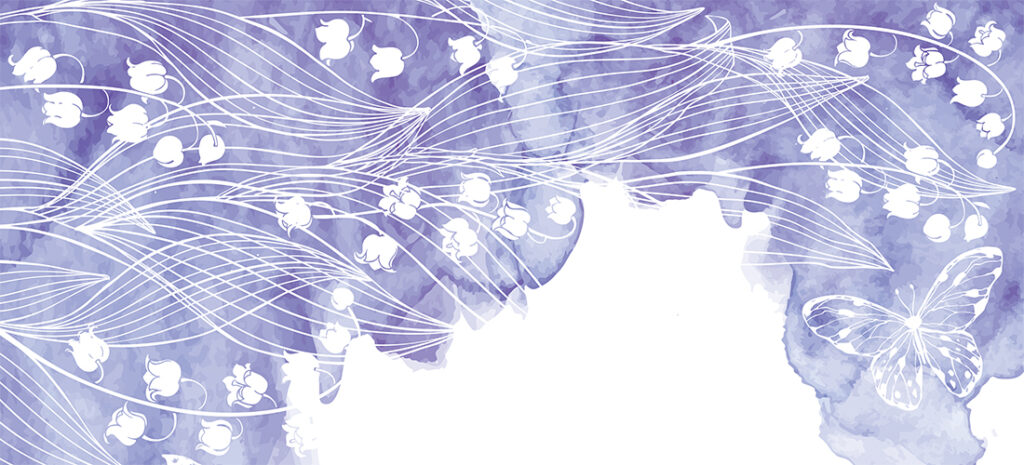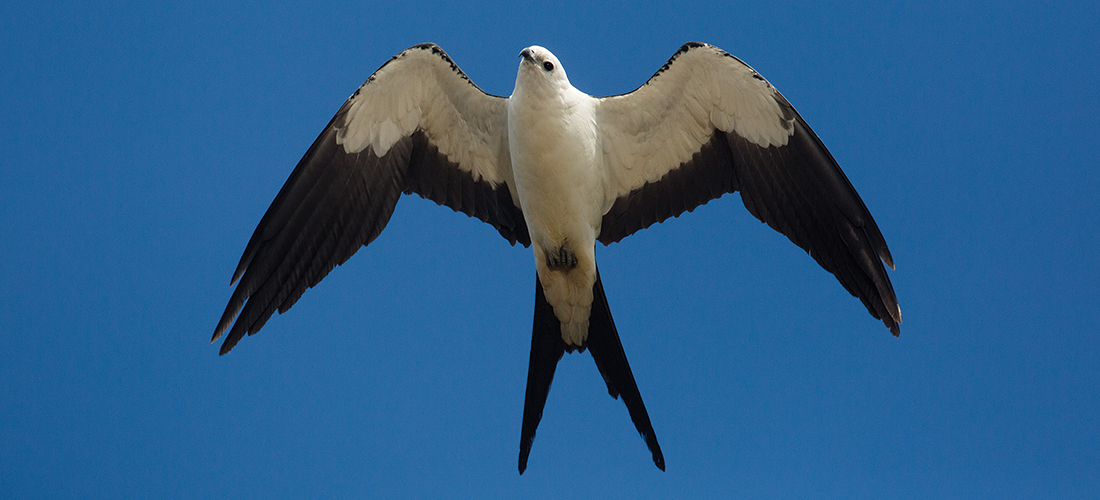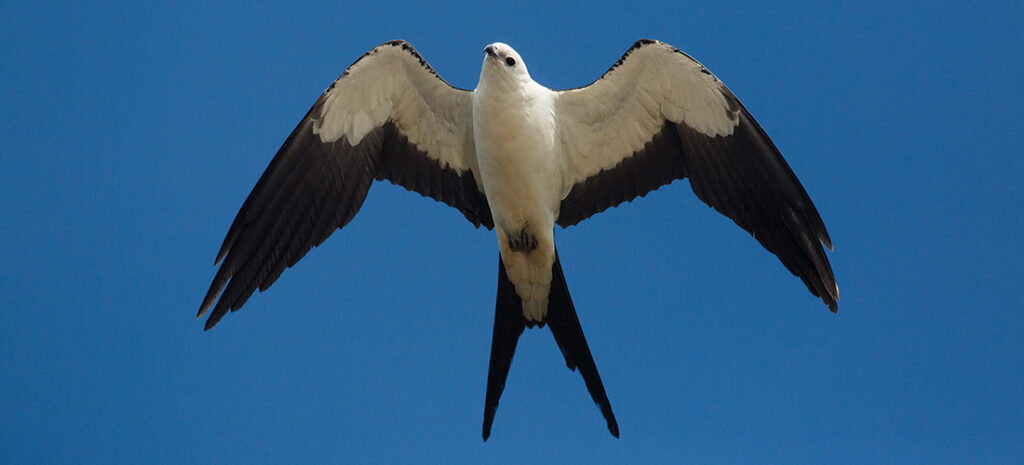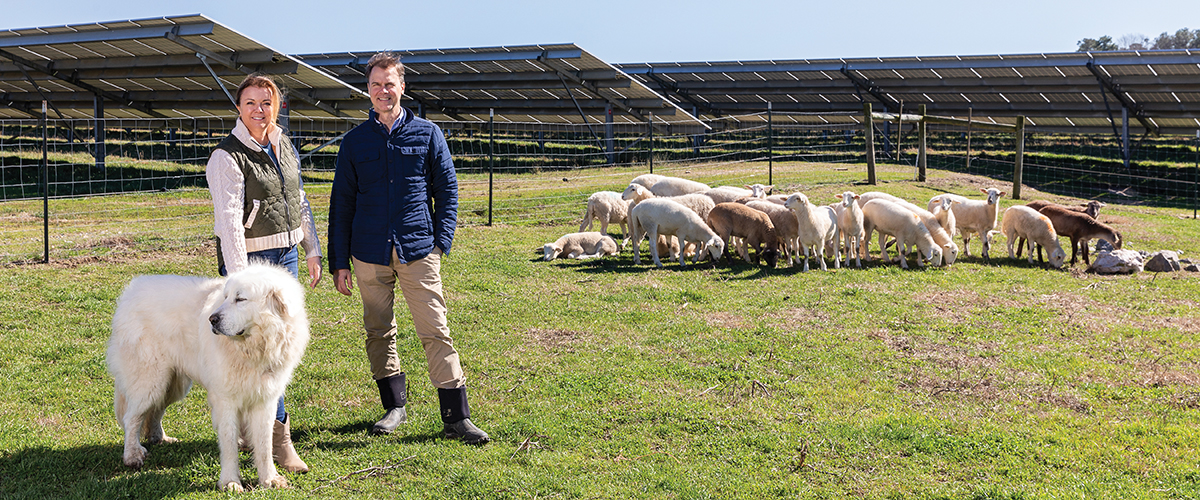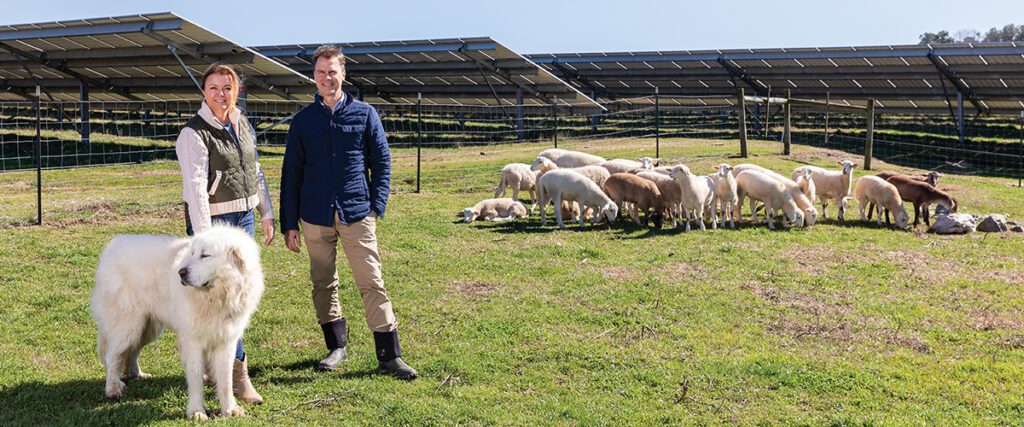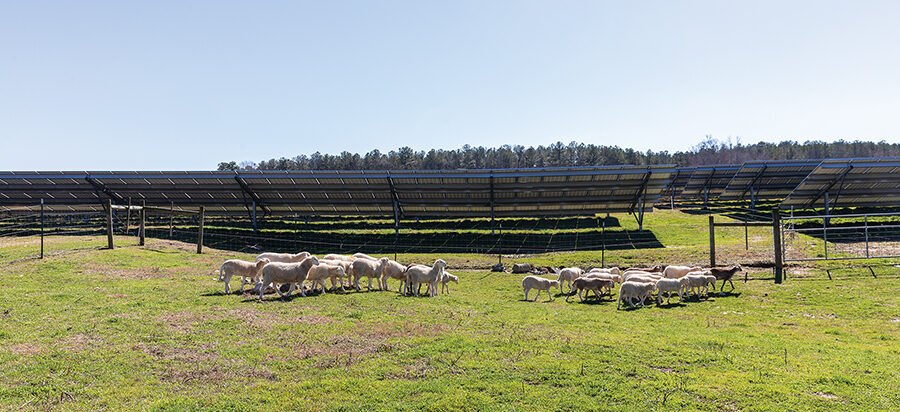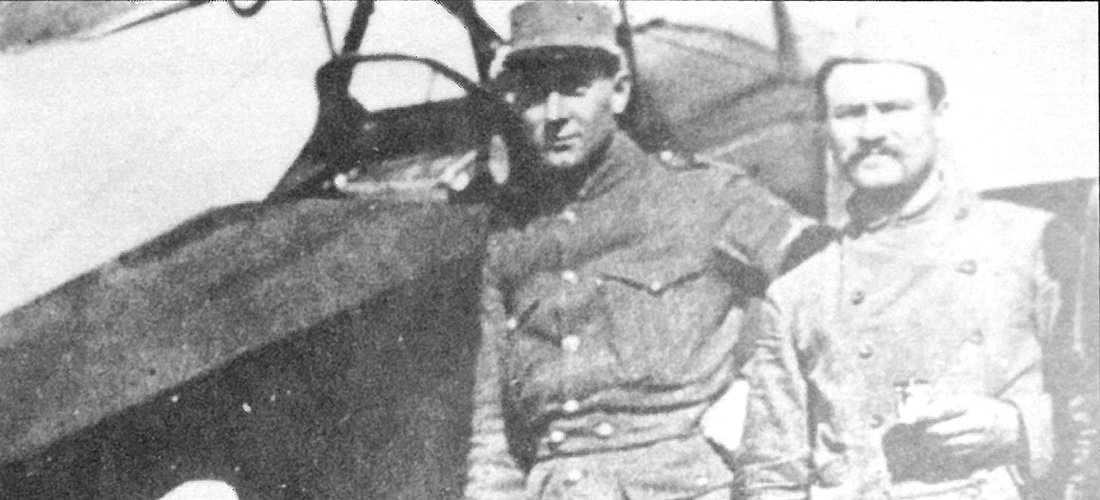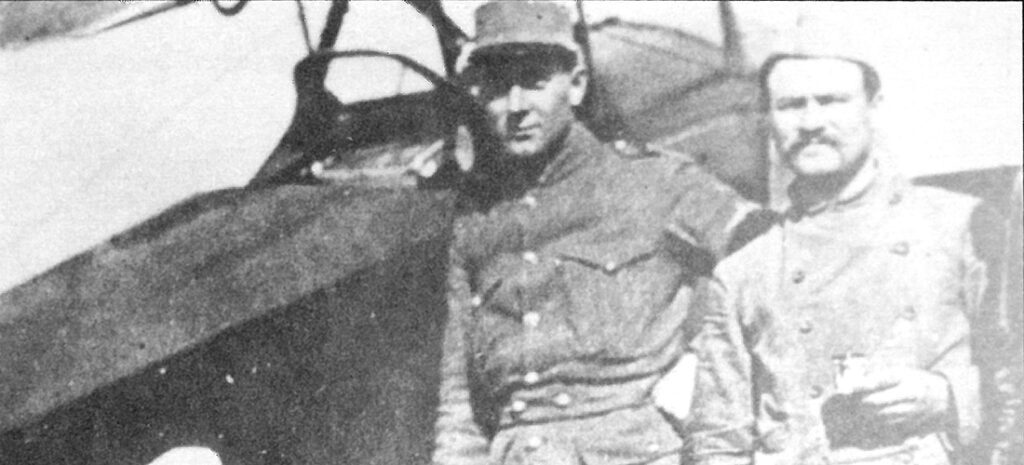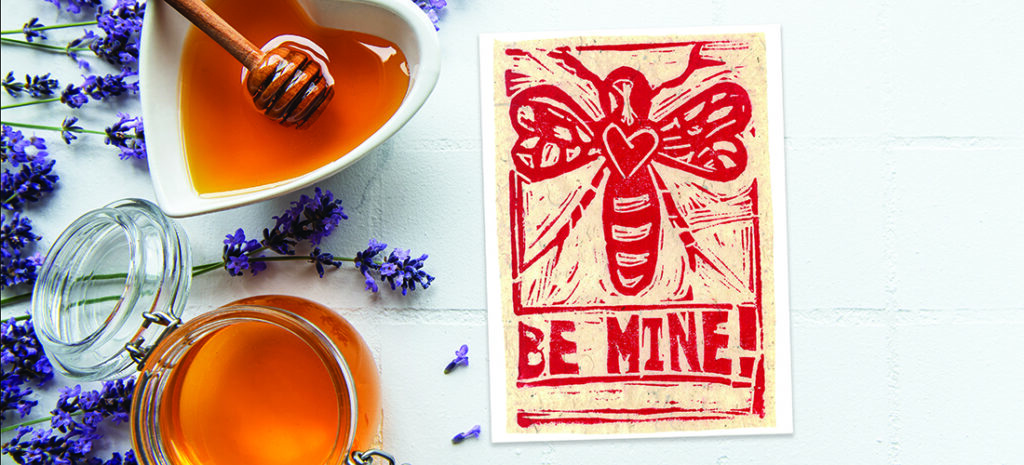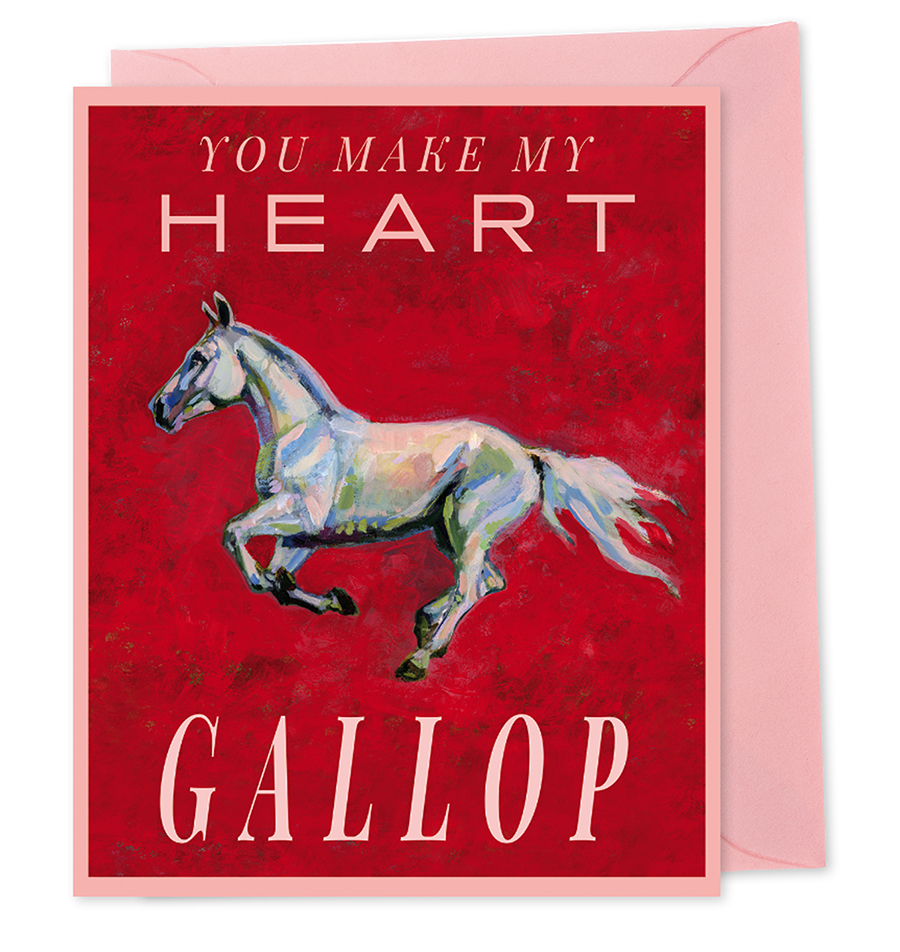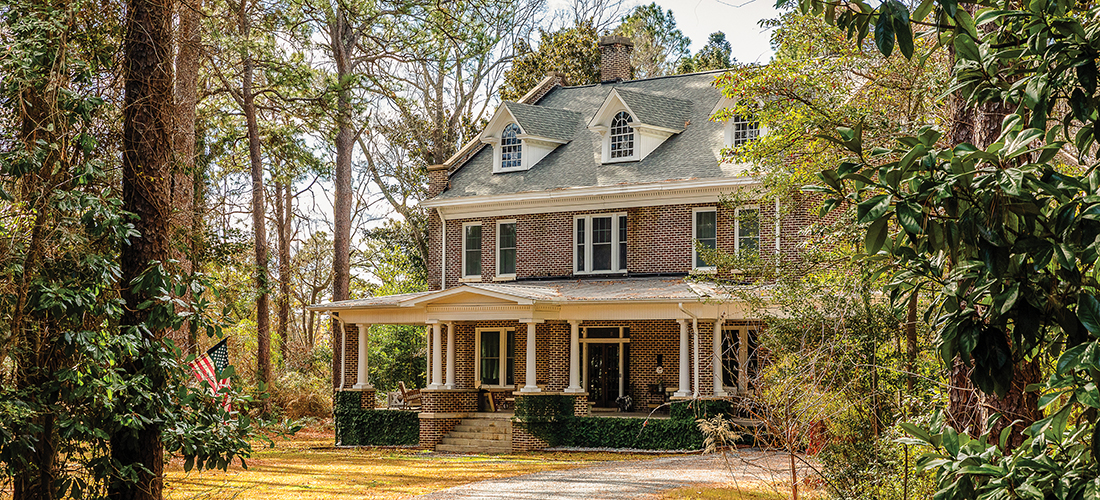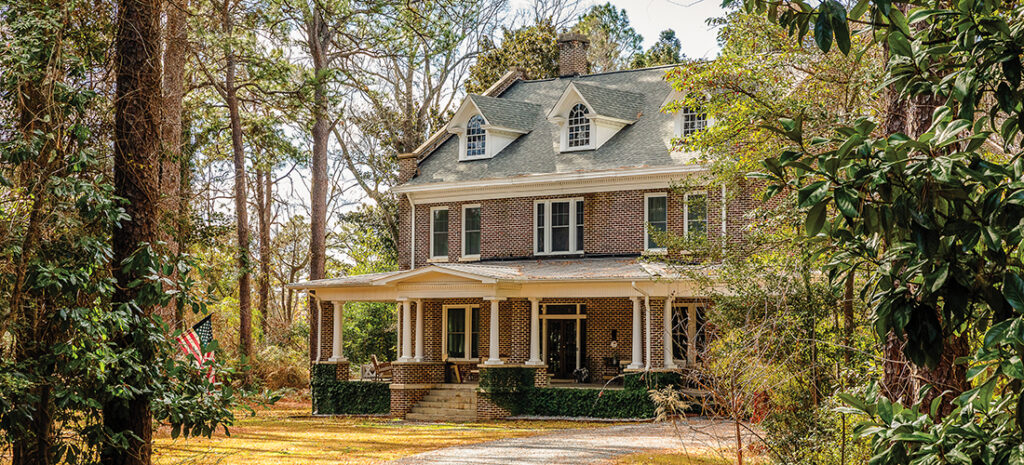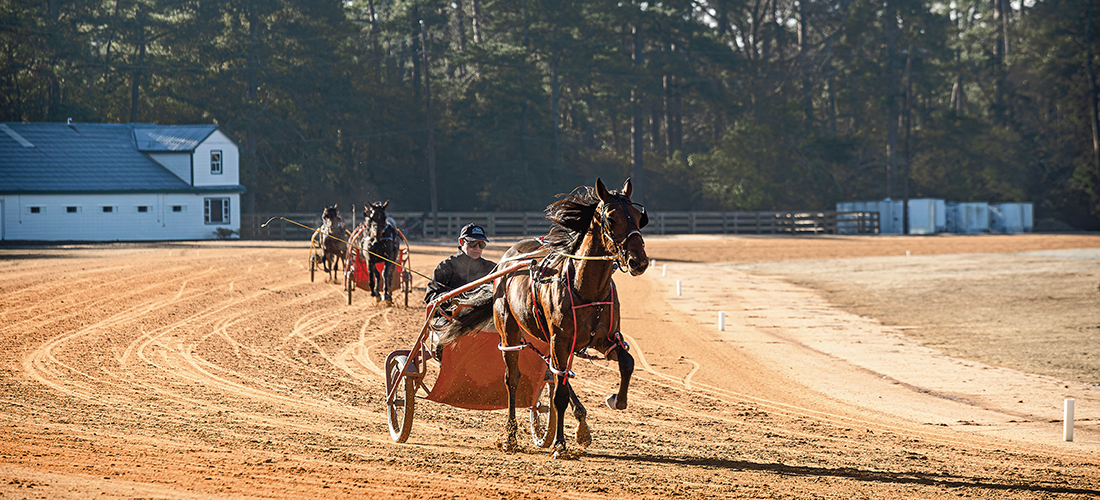Fiction by Daniel Wallace
We went out in the morning for one last walk together on the beach. I took his hand to steady him, to steady both of us, really. Knees are the first to go, they say, but the rest was not far behind. It was early, almost no one was there, and if you turned away from the rickety beach houses and sad hotels you could pretend you were on a deserted island.
“Isaac,” I said, jostling his hand to get his attention. “Do you remember you told me once that when you were a kid you always wanted to live on a deserted island because you thought that meant it was just chockfull of desserts?”
The sun was rising behind a sheet of thin clouds, but a ray slipped through and made our morning shadows. Even his face — the dried crevassed creases like a rain-starved plain — brightened into a darkness.
“Remember, honey?”
He was looking down at his bare feet for some reason, but I knew he had heard me and was thinking about it, trying so hard. There was always a lag now between a question and an answer, like the delay on a long-distance call. For 50 years he was the sharpest tack I ever knew. Now he needed me just to find his shoes in the morning, to explain to him the subtle differences between a fork and a spoon, to double-lock the doors at bedtime so he couldn’t escape into the night. It had become too much for me. Rather, he had become too much for me.
“I don’t remember that,” he said.
“It was nothing,” I said, giving his hand a little squeeze. “Just funny is all.”
“It does sound like something a kid would say, though.” He looked at me and smiled, friendly but guarded, as if we’d been talking just for the last few minutes instead of the last 50 years. “And I was never a good speller. I let other people do the spelling for me.”
“You hired the best spellers in the business.”
“That’s right.”
Now a laugh from him, and a laugh from me. I wanted to tell him how happy it made me that he’d kept his sense of humor, but then he would ask what I meant. Tell me about the things I’ve lost. So I didn’t say anything and just listened to our laughter carried away by the wind.
The water lapped at our ankles and so I led us a little ways away from the surf for more solid ground. Everything in the world conspired to knock you over.
He kept staring at his feet. They looked like blue-veined sea creatures, the kind that lived miles beneath the water, the kind that sometimes washed ashore and made you wonder how such a thing could ever even be in the world. And why.
“I could live in this town,” he said, “if it weren’t for the earthquakes and fires and floods, and pestilences.”
“You do live here, silly.”
“Well, then, wish me luck!”
“Oh, you’ve always been lucky.”
He snuck a shy glance at me. Tentative, searching.
“And you. You live here too?”
“I do,” I said.
“But we don’t live together.”
“No. Not anymore. Not like we used to. But I’ll be there so often you’ll think we did.”
He nodded, as if this were an acceptable answer.
We kept walking, and he looked down again and for some reason it irritated me.
“Why in the world do you keep looking at your feet?”
“My feet?” No pause this time. His fog was lifting. “Ha! I’m not looking at my feet. I’m looking for a shark’s tooth. I’ve been hoping to find a shark’s tooth every time I come to the beach for, I don’t know, 65 years? But I never have.”
“Oh.” I didn’t know that, for some reason. “Another regret?”
“No, no,” he said. “No. I’m glad I’ve never found one. Hoping is better. You know, because when you do find it — presto-change-o! — you’re hopeless.”
“Then you just have to hope for other things.”
“Like what?”
He was right. The list of things to hope for was getting shorter, almost every day.
A woman in an unfortunate bathing suit, a sunburned man with a beach chair on his back, two boys running into the surf screaming like Maori warriors attacking the whole ocean, a jogger and her snow-white poodle. Life was coming back to life. We had not walked far, but I didn’t know how much farther we should. Going out was the easy part, but then we’d have to go back and that was so much harder. My hip was throbbing already. I wish we had a limo following behind us at just a bit of a distance so that we could get into it when we wanted to. With a limo driver named Norman. That was something to hope for, I suppose.
“I don’t think there’s a God,” he said out of nowhere, “but if there were all I would want from him or her is just a little direction. Hints. Like, Warm, warmer, warmer – you’re burning up! Or, say you’re about to quit your job and he says, Cold! Cold! Just that, a couple of words. That would be nice, right?”
“That would be ideal,” I said.
He stopped and turned to me and took both of my hands in his, and if you were looking at us from a distance you’d swear this old man was about to propose.
“That place looks like an elementary school with a shitty cafeteria,” he said.
“I tried to get you a room in the Taj Mahal, but they were full up.”
“Don’t be a bitch,” he said. “Don’t be a real bitch.”
He loved that word now. I don’t know why. I had to just let it go.
“Do you have a cigarette?”
“Cold,” I said, shaking my head. “Really cold. You quit in 1995.”
“I never quit, I just stopped. I have pursued second-hand smoke for years.”
He winked at me. This man. We kept walking. I untwined my fingers from his to brush the hair from my face and it freaked him out, and he pulled my arm down until he found my hand again and held it like a vise.
“Marriage vows should be different than they are, I was thinking,” he said. His voice rose a bit and shook. “Not until death do us part. Just until the other loses his mind. Only then may you leave.”
These moments of perfect clarity, of understanding, they astonished me and made me sadder than almost anything else.
“I am not leaving you.”
“One of us is leaving the other. And it’s not me.”
No, I thought, a thought that was truer than I wanted it to be: It’s you, it’s definitely you. I didn’t say it. But there were so many things I couldn’t say anymore. I listened to the static of the frosted, frothy waves instead. He stopped and turned to the horizon, where there was nothing to see except the place where everything disappeared.
“I want a Viking funeral. Set me on a wooden raft, float me out to sea.”
“But you’re not dying, Richard. Not. Dying.” Sometimes he drove me insane. “You were a kind of Viking, though. Brave, strong, a good breadwinner, but also plundering and burning stuff down.”
“Plundering,” he said, and shook his head, as if it were a riddle he couldn’t figure out. “Are you sure? I don’t remember any plundering, Sara. Not a bit of it. I’m sorry.”
And then just like that we found ourselves stuck calf-deep in the stealthy rising tide. We couldn’t move for a second. He gripped my hand and he looked at me with such helplessness, his eyes as scared and wild as a child’s. Then the ocean disappeared, and we were free.
I felt the sun starting to burn. It was time. I led him back to the dunes where we’d left his shoes, but they weren’t there. I scanned the beach. All the dunes looked the same now, graves for ancient mariners with the sea oats waving in the wind.
“I can’t find your shoes,” I said.
“You can’t find my shoes? That’s new.”
“It’s just, I thought they were right here. But maybe they’re up the beach a little.”
“Maybe,” he said. “Maybe not.”
His eyes were swimming, all the maybes and maybe-nots bouncing around in his brain.
“I guess this means we can’t go now,” he said, grinning at me like a little boy, my lifelong conspirator, my partner in crime.
But that’s not what it meant. I saw them down the way. PS
Daniel Wallace is the author of six novels. His memoir, This Isn’t Going to End Well, was published by Algonquin Books in April, 2023. He is the J. Ross MacDonald Distinguished Professor of English at the University of North Carolina at Chapel Hill, his alma mater.
